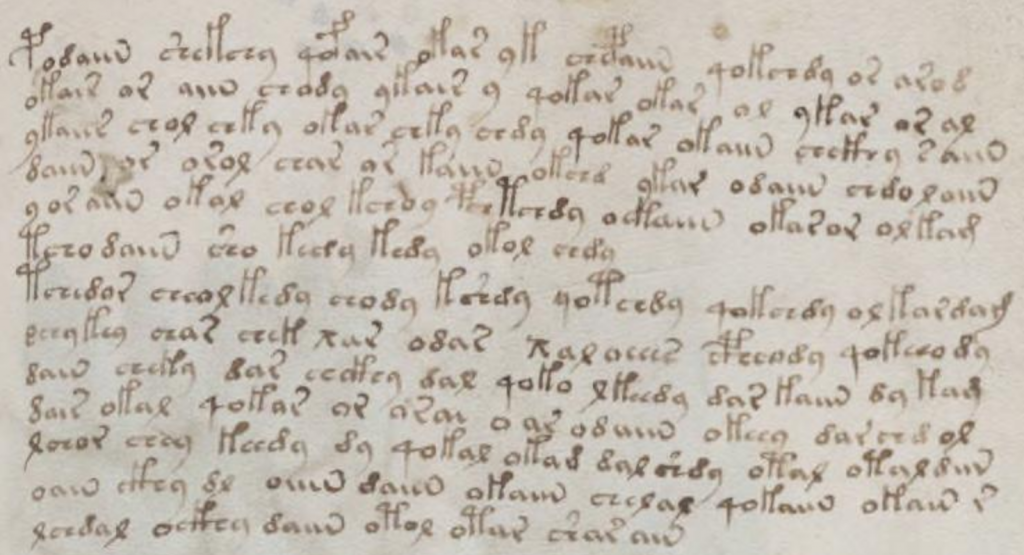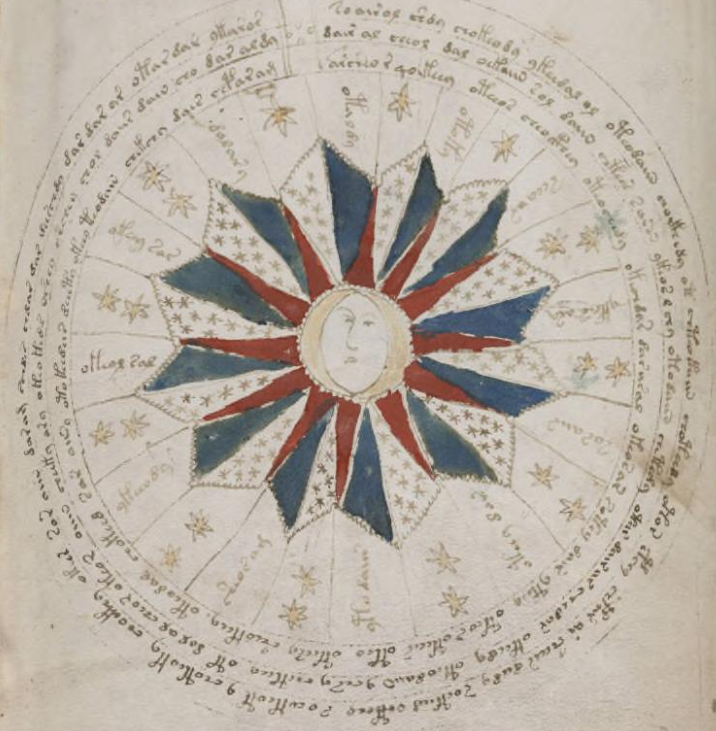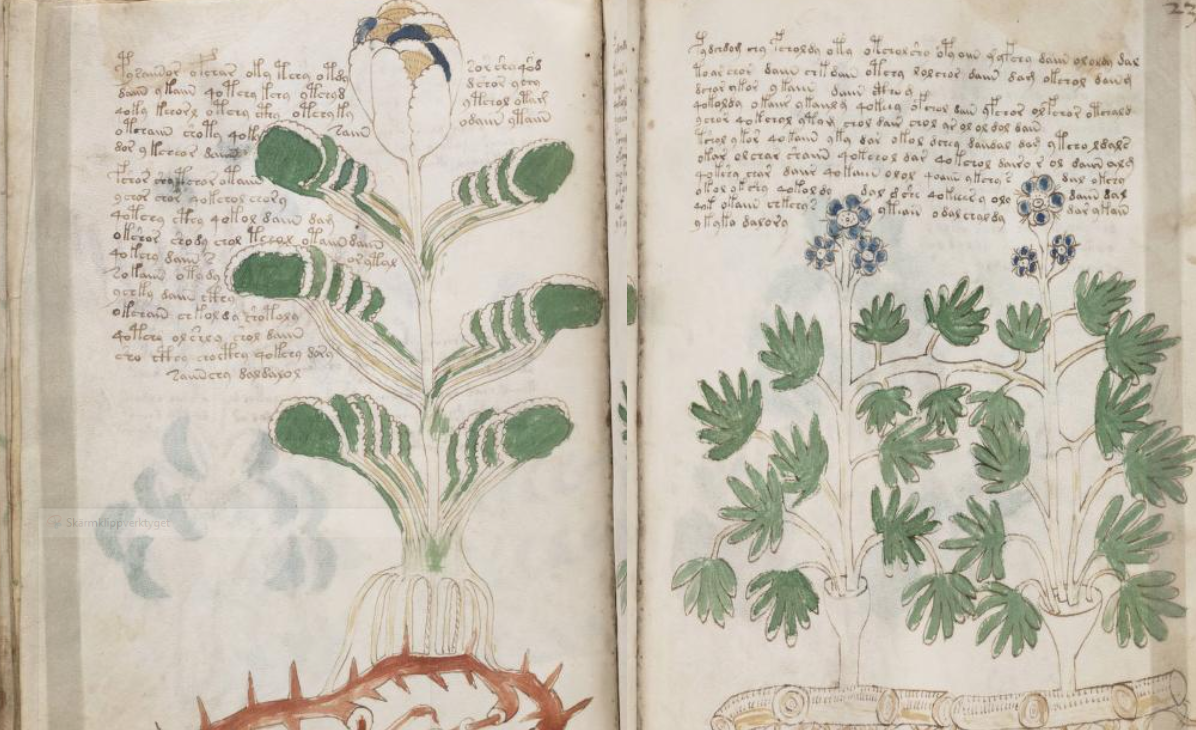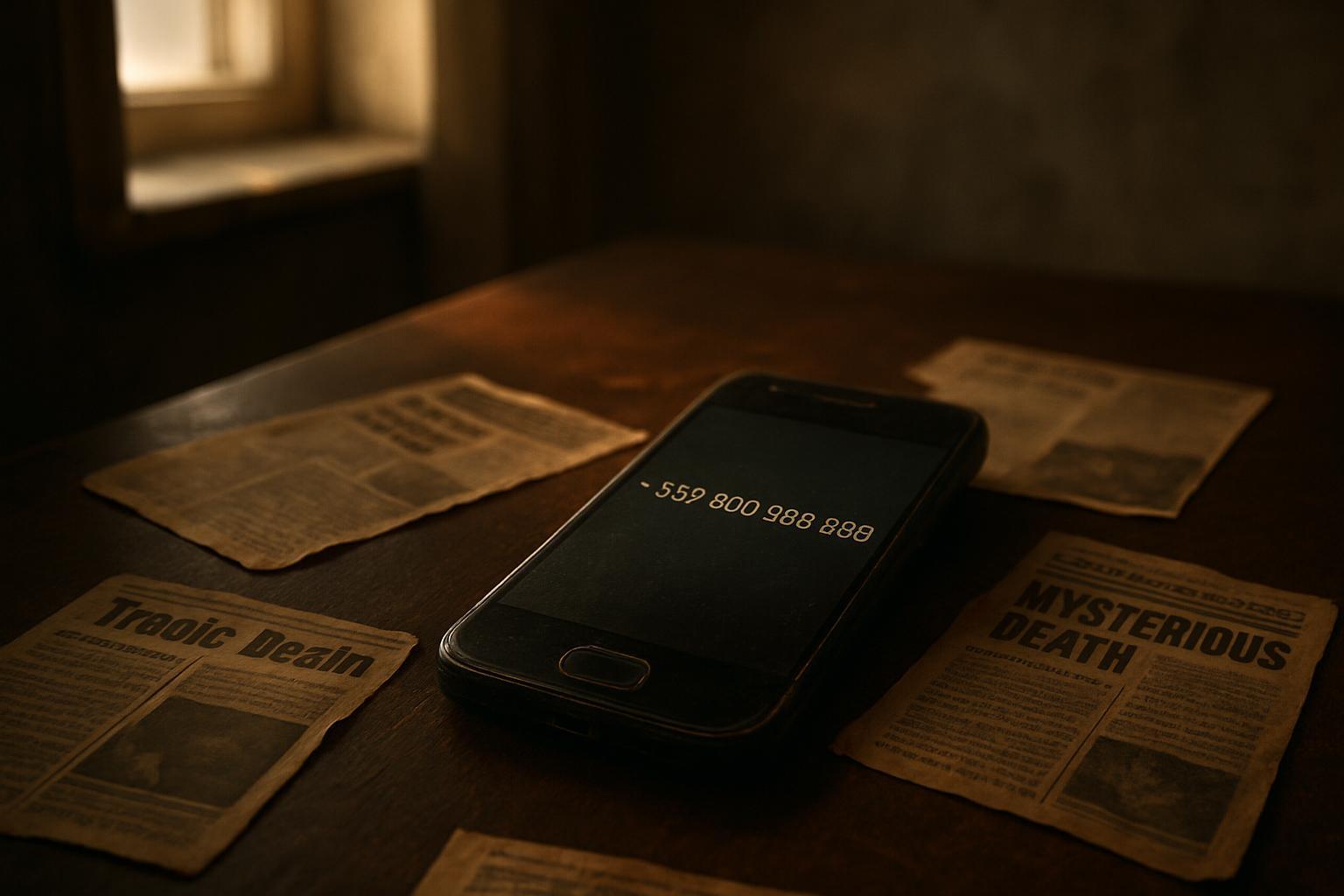The Voynich Manuscript has captivated the minds of scholars, cryptographers, and enthusiasts for centuries. Its seemingly impenetrable script and intricate illustrations have fueled endless speculation about its origins and purpose. Unravel the enigma surrounding this mysterious book as we delve into its history and attempt to decode its secrets.
The Discovery
The Voynich Manuscript was discovered in 1912 by a Polish antiquarian book dealer, Wilfrid M. Voynich. It is named after him, although the manuscript’s origins can be traced back to the early 15th century. The manuscript is a small, unassuming book measuring approximately 9 x 6 inches, containing 240 parchment pages filled with text and illustrations.
The Text
The manuscript’s text is written in a script unlike any known language or writing system. Despite numerous attempts, it has never been conclusively deciphered. The characters appear to be organized into groups and sentences, with some resembling Latin or Arabic letters, but no direct connection to any known script has been found. Some experts believe that the text is a sophisticated cipher, while others think it could be a constructed language or a complex form of shorthand.

The Illustrations
The Voynich Manuscript is richly adorned with illustrations that only add to its mystery. The images are as enigmatic as the text, featuring an array of unusual plants, astronomical diagrams, fantastical creatures, and naked women bathing in strange, interconnected pools. The illustrations can be roughly grouped into six thematic sections: botanical, astronomical, biological, cosmological, pharmaceutical, and recipes. These themes have led many to speculate that the manuscript may be a compendium of scientific knowledge, an herbal medicine guide, or an alchemical treatise.

Theories about the Manuscript’s Origin
Various theories have emerged regarding the Voynich Manuscript’s origins and purpose. Some of the most popular include:
- Roger Bacon Theory: Early on, some believed that the manuscript was the work of 13th-century English philosopher and scientist Roger Bacon. However, this theory has been largely discredited due to the carbon dating of the parchment.
- Cipher Theory: Many scholars have tried to decipher the manuscript’s text, believing it to be a code. While some claim to have partially decoded it, no definitive solution has been found, and the idea of a cipher remains controversial.
- Constructed Language Theory: Some experts suggest that the text is written in a constructed language, an artificially designed system of communication. However, this theory has not gained widespread acceptance, as it fails to explain the manuscript’s illustrations and thematic organization.
- Hoax Theory: Another popular theory is that the manuscript is a hoax, either created by Voynich himself or by someone in the past. Proponents of this theory argue that the text is gibberish and that the illustrations are a mix of real and imaginary elements designed to deceive.
- Esoteric Theory: Some believe that the Voynich Manuscript is an esoteric or mystical text, encoding spiritual knowledge or hidden wisdom. This theory is often linked to alchemy, Kabbalah, or Rosicrucianism.
The Quest for Decipherment
Throughout the years, numerous individuals and teams have attempted to decipher the Voynich Manuscript. Some of the most famous attempts include:
- William Romaine Newbold: An early 20th-century scholar who claimed to have deciphered the text, believing it to be the work of Roger Bacon. Newbold’s theories were debunked after his methods of decipherment were found to be flawed.
- Joseph M. Feely: In 1943, Feely, an amateur cryptographer, suggested that the manuscript was an abbreviated Latin written in a simple substitution cipher. However, his translations were deemed inconsistent and unconvincing by experts.
- John Tiltman and William F. Friedman: Tiltman, a British codebreaker, and Friedman, an American cryptographer, both worked on the manuscript during the 1950s and 1960s. They explored the idea of a complex cipher but were unable to crack the code.
- Stephen Bax: In 2014, Bax, a British linguist, claimed to have partially decoded the manuscript using a combination of linguistic analysis and pattern recognition. While his work received some attention, it has not been widely accepted by experts.
- Gerard Cheshire: In 2019, Cheshire, a British researcher, claimed to have deciphered the manuscript as an amalgamation of extinct proto-Romance languages. His work has been met with skepticism, and many experts question his methodology and conclusions.
Despite these numerous attempts, the Voynich Manuscript remains undeciphered, and its true meaning is still a mystery.
Your turn to Decipher the Voynich Manuscript?
If you’re intrigued by the enigma of the Voynich Manuscript and wish to try your hand at deciphering its mysterious text, here are some resources and suggestions to help you embark on your own cryptographic adventure.
Study the Manuscript
To get a feel for the manuscript, its text, and illustrations, you’ll need access to its pages. Fortunately, digital scans of the manuscript are available online. Browse through the Voynich Manuscript at the following links:
Learn About Cryptography
Before attempting to decode the manuscript, it’s essential to familiarize yourself with cryptography techniques and principles. Study different types of ciphers, such as substitution, transposition, and polyalphabetic ciphers, as well as more advanced methods like steganography.
Understand Previous Attempts
Review the various theories and attempts made by researchers and cryptographers over the years, as mentioned in the main article. Learn from their successes and failures, and consider alternative approaches that have not yet been explored.
Look for Patterns
Analyze the text and illustrations for patterns, repetitions, and anomalies. This may provide clues about the underlying structure of the manuscript’s language or cipher system.
Collaborate with Others
Decoding the Voynich Manuscript is no small feat. Consider collaborating with other enthusiasts, scholars, and cryptographers who share your interest in unraveling its mysteries. Online forums, discussion groups, and social media platforms can be great places to connect with others and exchange ideas.
Stay Patient and Persistent
Finally, remember that the Voynich Manuscript has eluded decipherment for over a century. It may take a considerable amount of time, effort, and creativity to unlock its secrets. Be prepared to face setbacks and challenges, but don’t let them discourage you. The thrill of discovery and the satisfaction of solving a long-standing mystery might just be waiting for you at the end of your cryptographic journey.
Conclusion
The Voynich Manuscript continues to fascinate scholars and enthusiasts alike, its cryptic text and enigmatic illustrations defying all attempts at decipherment. As we continue to explore its pages, the manuscript serves as a reminder of the limits of human knowledge and the enduring allure of the unknown. Whether a cipher, a constructed language, or an elaborate hoax, the Voynich Manuscript remains one of the world’s most mysterious books and a tantalizing puzzle for generations to come.




